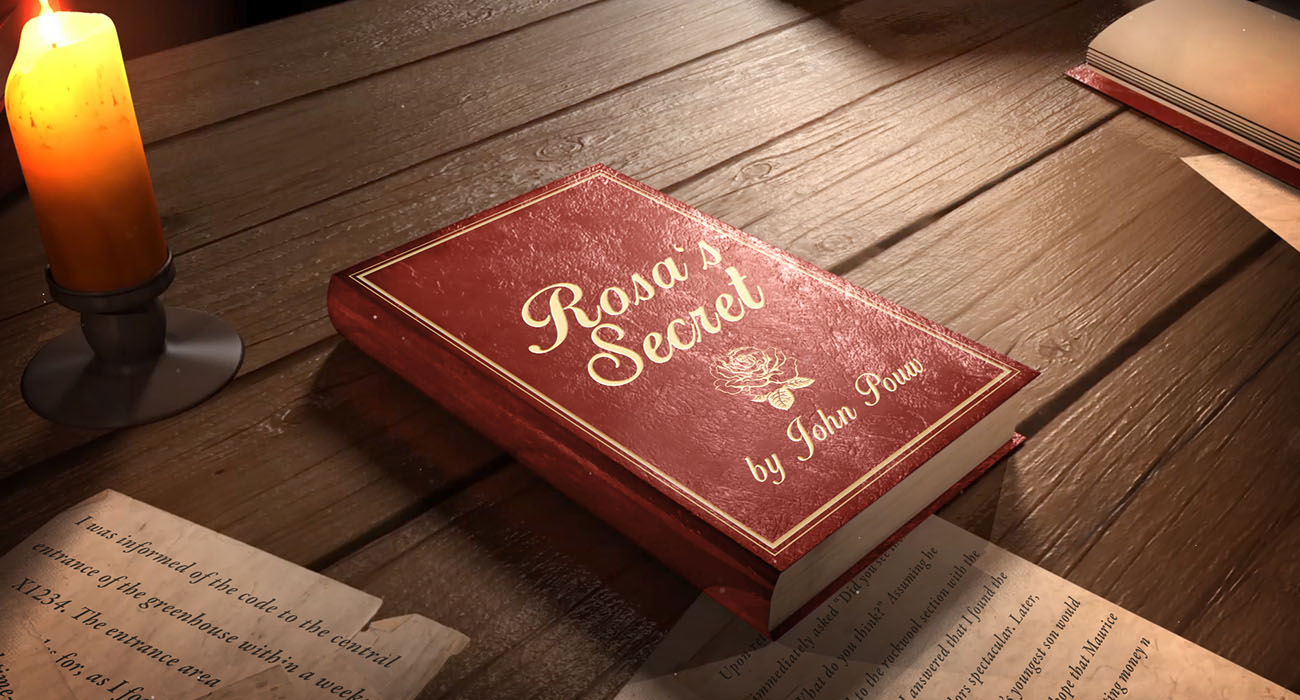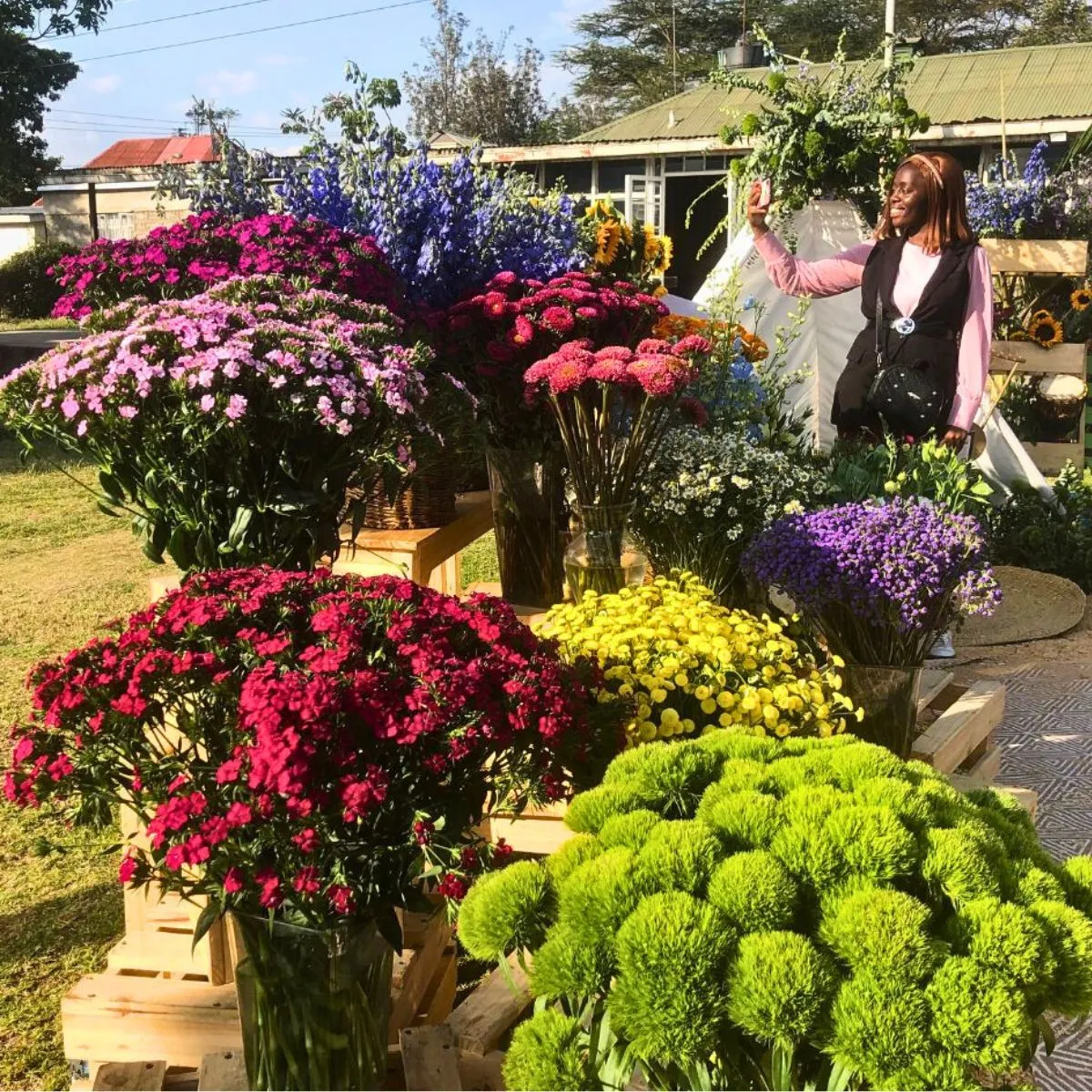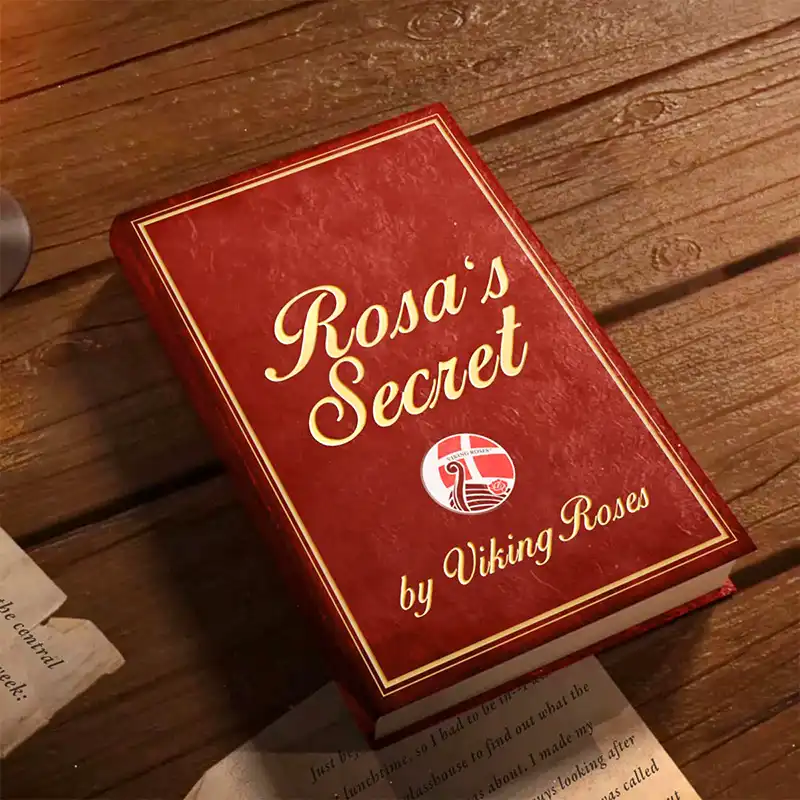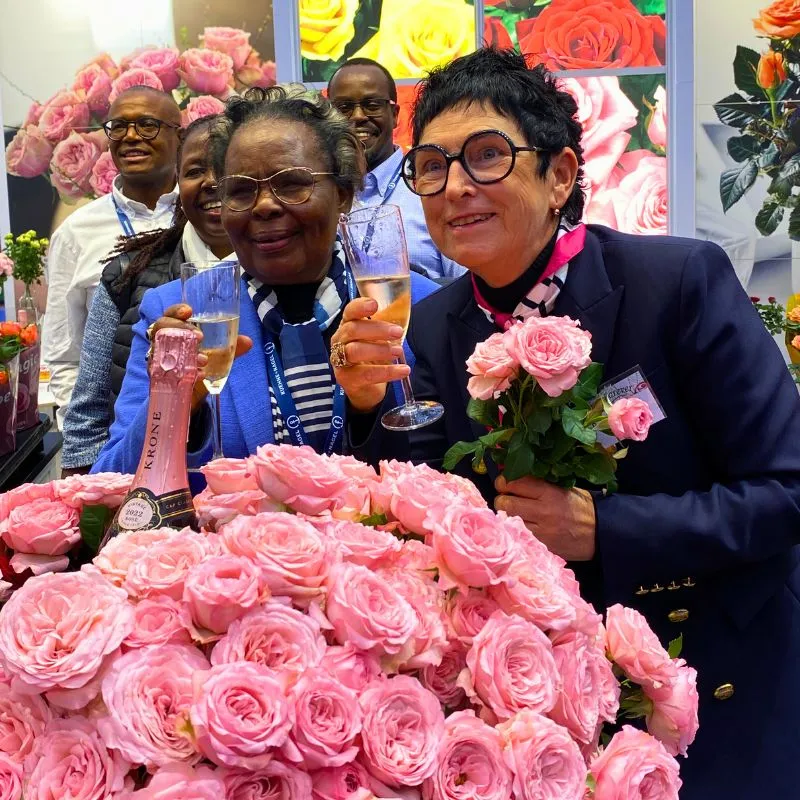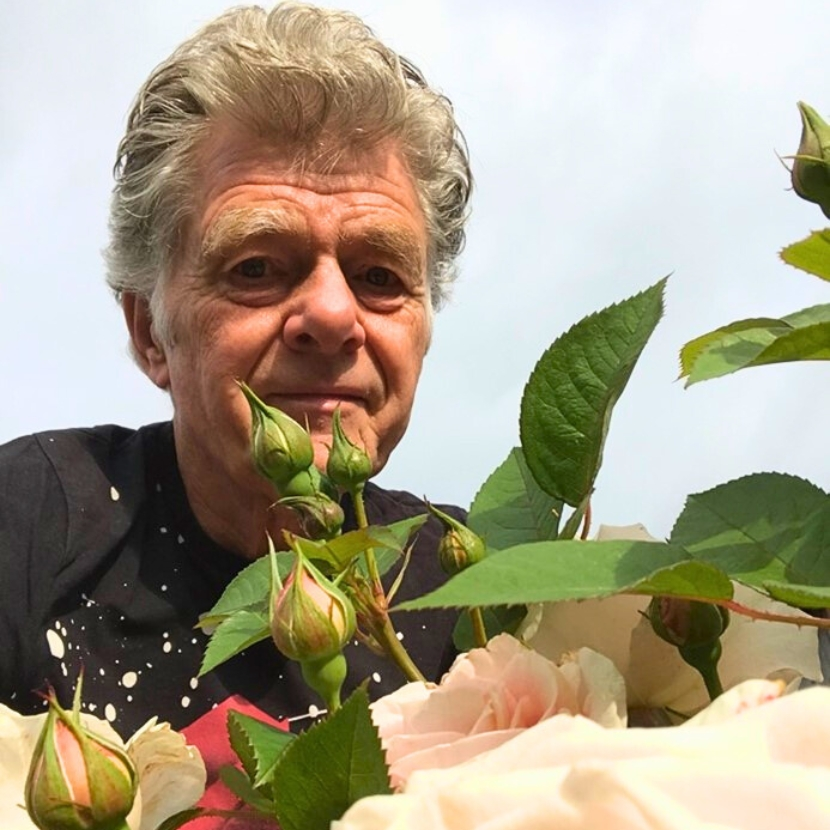Cell phones had yet to be invented, so I had to beg a car rental place to use their regular phone. James, who lived in Nairobi, was supposed to have picked me up and drive me to my hotel at the outskirts of the city, where he would pick me up again early in the morning to take me to the farm. But no James. I could not reach him, nor anybody else of Oserian. But then, it was past midnight, and I only had the office numbers.
After a while, I decided to return the favor and rent a car. Fortunately, credit cards had been invented, I had the privilege of having one after handing Maurice the bag full of filthy notes and coins from Ecuador and I had the hotel’s address. Armed with some instructions and a little map, I ventured into the African dark. And dark it was, with hardly any streetlamps, road signs or even asphalt.
Aware of my sense of direction, I was getting more and more worried. I decided to stop at a bigger road, get out the map and hope for a point of correspondence. With the inside light on, map on the steering wheel, I looked around and there it was: the Fairview Hotel. At the time I knew I was taking a risk by setting out on my own in the dark Nairobi. Later, I realized that I had been extremely lucky. Even at night the hotel was surprisingly British in layout, garden and service and even the quietness was like that of the British countryside.
The next morning, after a nice English breakfast, route directions from the hotel staff and, by phone, from Tom Cameron, the Technical Manager who had arrived in the Oserian office early, I set out again. The route was easy, despite the lack of signs. After two turnings I found myself on the through road to Lake Naivasha. The quality of the road and the life on its sides reminded me of Ecuador. Only the color of the people was different, very different. Of course I had seen blacks in Amsterdam and other European cities, but for the absence of other colors, the black was impressive. There were whites in other cars, but not in the street. I yet had to experience a closer inspection, that differences in appearance were not so extreme and just different shades of brown.
Just round a bend, there were belts of spikes across the road. As I slowed down, a policeman appeared from the side of the road and gestured me to the side. He indicated, in fairly good English, that I had broken the speed limit. I had seen no sign whatsoever, but when he explained that I had entered a rural area and I could not see any difference in the building intensity, it became clear that this was a trick. I would have to appear in court the next day, at the other side of the country. A 20-US dollar bill, the only currency I had on me, over-did the job. Ten minutes later a convoy of speeding Mercedeses pushed me off the road. Later I learned this was President Arab Moi. Kenya, a first reconnaissance.
Arrived at my destination, Oserian Enterprises, the management made me promise never to travel on my own again, then took me in a jeep to tour the farm, ending up in a huge crater with a large tent where I had cold white wine with the owner, Hans Schoonbroer and the Israeli ambassador. The sun set and a group of giraffes floated close by, soundless, supernatural. Kenya, another first reconnaissance.
Hans was of Dutch origin and had settled on the shore of Lake Naivasha in the 1960s, pioneering in Kenyan horticulture, now the national trendsetting flower producer, caring for the environment and personnel. Waking up the next morning in the guest room of Hans’s son Pieter, I opened the balcony door to look out over pristine Lake Naivasha, the sun shining over a group of hippos in front of me, a few small boats with fishermen and the sound of screeching fish eagles. The unbelievable world of roses.
Oserian had trialled Total Success® and wanted to plant a hectare, to start with, and half a hectare each of the mutations Cream Success®, Yellow Success® and Royal Success®. They were the perfect range for their British supermarket clients. Oserian had their own import company in Aalsmeer to unpack the flowers from the boxes and put them in water for further distribution. Simon Brug, nicknamed ‘the snake’ for his flexibility in his dealings with the anti-import flower auctions, was in charge. I had met Simon a number of times to learn about the Kenyan market and explore a possible collaboration along the same lines as with Peter Daimler for Colombia and Ecuador. The grower provides testing space, showroom and staff, directed by Witte de Wit, and in return the grower has the first pick at a special royalty rate. Join forces with the leading producer, let them be the first and the other farms will copy.
Up to then, all breeders had their showcases in the Aalsmeer area and growers from other parts of the world could see the varieties there, order plants with a propagator and find out for themselves if the variety would fit their climate. My visit to the first Quito show had opened my eyes. Other breeders laughed at Witte de Wit’s initiative but copied when they saw how successful this proved to be.
Visiting several rose farms, I could make a comparison with other rose producing areas. A year earlier, behind my desk in the small village of Benthuizen, I was happy to find a map to learn where roses were being grown, now I was taking steps in the international rose world.
In Latin America, the Colombians were the cultivation experts, in Kenya the Dutch and Israelis ruled in production approach, but also in greenhouse construction, plant supply and management. Whereas the Latinos used gravity-powered cable trolleys to transport the harvested flowers to the packing, here donkeys and tractors were used. Pre-cooling, bunching, and boxing were very similar. In Kenyan ownership, there was an odd mix of the odd private entrepreneur, some multinational involvement (Kemira, Shell) and the ‘president’s men’: sitting and former presidents, ministers and related bankers that saw ownership of flowers farms as a hobby and status symbol to show off to their friends. It would take endless red tape for other owners to cut down a tree, for the ‘president’s men’ it would take one phone call for the army to arrive with bulldozers to clear a wooded area.
Before long, Witte de Wit East Africa was established, following Witte de Wit Colombia and Ecuador. No time to return home yet, but on my way to the next stop of my African tour: Johannesburg. From her homebase in Zambia, Rosie Rhodes was Witte de Wit’s agent for South Africa, Zimbabwe, and Zambia. Since I was internationalizing Witte de Wit, this meant serving rose producing customers directly in the major production areas and assessing existing agencies for more than just the scenery and holiday potential. We had been approached by Jan Janssens, father of the Dutch grower Bill Janssens, but, as Bill informed me, not on speaking terms because his dad ran off with a South African girl and now was a rose consultant working out of Arcadia, Pretoria. For my inventory-taking tour I had arranged with Janssens and Bernd of Von Bismarck’s to contact their agent, Ludwig Pappe, to put together a small tour. I rented a car and found out afterwards that whites were regularly shot at on the highway. I found driving on the left in an unknown country with roadmaps on the passenger’s seat adventurous enough as it was.
Pappe, descendent of German settlers in the 1850s, was the agent for Von Bismarck and basically specialized in garden roses with his famous Rose Tea Garden, representing most of the international garden rose breeders. From his cut rose trials he had in fact been the one to pick Audi®, Salsa® and Icy® for Von Bismarck. Orleans®, he knew, was a selection of their Italian agent. Together we visited some flower producers, the biggest 12 ha, some specializing in tiny flowers (20 cm stems), all flowers for the home market. The other cut rose breeders were represented by different propagators of bare-root plants: Roelof’s Nurseries and Malans Nurseries. Dré had visited South Africa several times, but no Witte de Wit varieties were grown.
With Jan Janssen I visited some other growers, coming to the conclusion that he was a consultant without testing facilities— “I can set this up with one of the growers, no problem,”-- and that the market was very limited, but the scenery fantastic.
After three days and a final traditional dinner with Ludwig and his eccentric wife Pam, of British descent, I was in the air again to the final stop of my tour: Harare.

